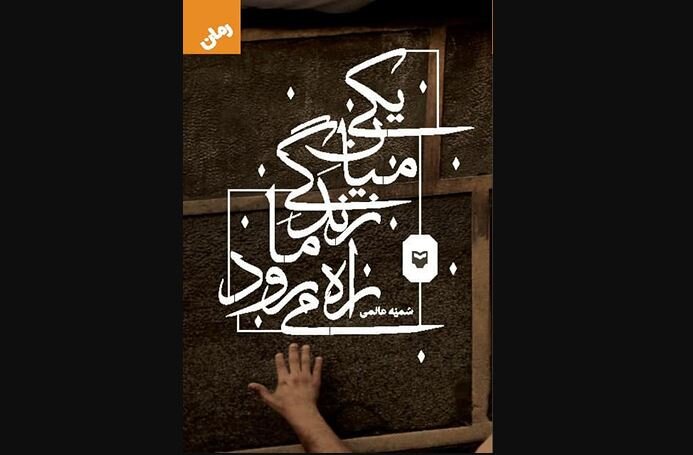I tried not to write a feminist story

History has always been sweet; even though it seems bitter and painful at the moment, it gradually reveals its sweetness to us, and when we read it in form of a novel or story, it will be even more pleasant.
The book “Someone is walking through our lives,” written by Somaye Alemi, and published by Soore Mehr, is one of those sweet historical books.
This book is a great novel about three historical events in three different times and places; “The Hajj in 1987,” “The Imposed War," and "Internal Laws of Mujahedin-e-Khalq,".
“Someone is walking through our lives” is somehow a feminine novel about three women named Reyhan, Shirin, and Marta; one of whom lives in Iran, the other in Baghdad, and the third in Berlin.
* At first glance, the title you chose for the book attracts the readers' attention. Do you believe the reader will understand why this title was chosen at the end of the book?
That is exactly what I tried to achieve. I spent a lot of time on the story plan and choosing a name that matches the events in the story, and I believe the title's meaning has been understood based on audience feedback. In my opinion, the reader's attempt to discover the connection between the title and the text can be a different experience in the reading process.
*Before the story begins, you quote a verse from Surah Al-Kahf, which was: “And how can you have patience about a thing which you know not?” have you addressed one of the book characters or the readers?
The Quran addresses us all, the world of stories and characters.
* The book's content shows that you had done good research. Would explain more about its process?
The novel's starting point was in fact a personal experience, a bitter and emotional one that made me write. When I was eight years old, I heard that my mother had died in Hajj; even though it was false news and she was still alive, the pain of that event bothered her for a long time. Her chest bone was broken, her skull was injured, and she fainted repeatedly because of the blows to her head.
*Are you talking about the tragic event of Hajj in 1987?
Yes. My mother was missing for three days and was founded injured three days later. When I became a writer, the idea of writing this pain down as a novel came to my mind, so I searched about it on the internet and found out that Mujahedin-e-Khalq’s organization was also involved in the killing of about 400 Iranians during the 1987 Hajj. In my following research through history, I found “Ulrich” a German General that had things to say.
*Did “Ulrich” have an important role?
Yes, because he was in charge of securing the city of Mecca at the time of the incident, and for sure he had entered Saudi Arabia with a plan. The things he had managed to do and his plan mentioned in the book were documented and real, but the rest of the story and his wife, Marta was fictional.
* So, from the very beginning, you planned to write three stories in parallel?
No. At first, I only planned to write about "Reyhan," but then I realized that the story is too deep to be told by just one character, and there was a possibility of losing some details. So, I decided to tell the story using three different characters, and adding them to the story one by one.
*How long did the processes of researching and writing the book take?
The research part took almost a year and a few months, almost more than the writing part, and nine months for writing it.
*What genre do you think your novel is in? Can we put it in the war genre?
I myself consider it historical, with the focus on the Iranian revolution and the imposed war.
* Although the role of women is more prominent in your book, and it may be considered a feminine novel at first glance; not only are the women of your book fragile, but also powerful and have their own roles. Does each woman play the role of a symbol?
The first thing I did for the women of the story to make them look strong was to show men as real, not awkward and weak-minded, like today's feminist stories.
The first thing I did to make the women in the story seem powerful was to portray men as actual men, not as fool and useless as they are in today's feminist fiction.
